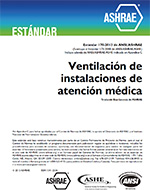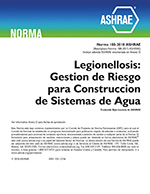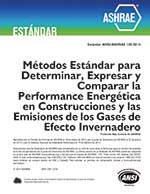Description
Light commercial buildings, one- and two-story buildings with packaged rooftop HVAC units, make up approximately 50% (of the number of buildings) of the nonresidential building stock in the U.S. Despite this fact, little is known about the installed performance of these packaged rooftop units and their associated ductwork. These simple systems use similar duct materials and construction techniques as residential systems (which are known to be quite leaky). This paper discusses a study to characterize the buildings, quantify the duct leakage, and analyze the performance of the ductwork in these types of buildings.
The study tested 15 systems in eight different buildings located in northern California. All of these buildings had the ducts located in the cavity between the drop ceiling and the roof deck. In 50% of these buildings, this cavity was functionally outside both the building’s air and thermal barriers. The effective leakage area of the ducts in this study was approximately 2.6 times that in California residential buildings (ELA25 [cm2/m2 floor area] 3.4 for light commercial compared to 1.3 for residential).
This paper looks at thermal analysis of the ducts from the viewpoint of supply effectiveness. Conduction effectiveness gauges the fraction of the capacity available at the supply-air plenum that is delivered to a supply-air register. Effectiveness calculations are done on a register basis and include the length of a cycle and whether the fan is always on or if it cycles with the cooling equipment. Sixty-six percent of the systems had frequent on-cycles of less than 10 minutes, resulting in non-steady-state operation.
Units: SI
Citation: Symposium, ASHRAE Transactions, 1998, Vol. 104, Part 2, Toronto, ON
Product Details
- Published:
- 1998
- Number of Pages:
- 11
- File Size:
- 1 file , 230 KB
- Product Code(s):
- D-7713




